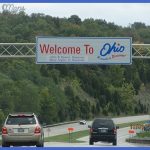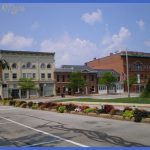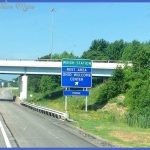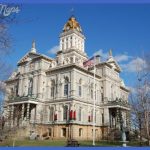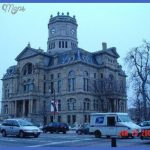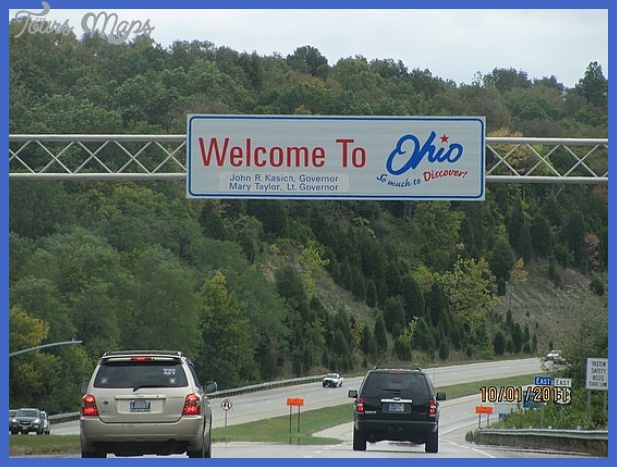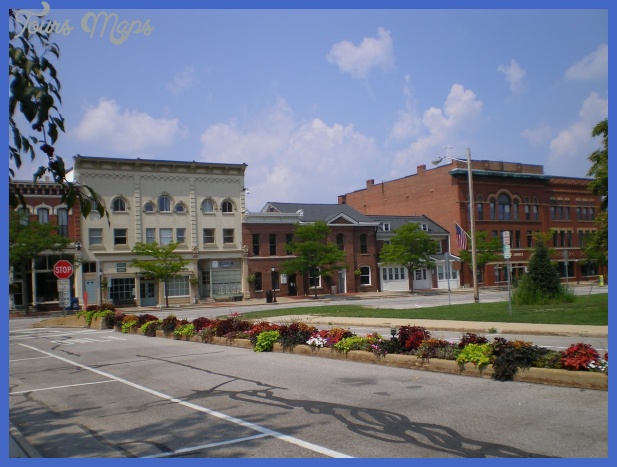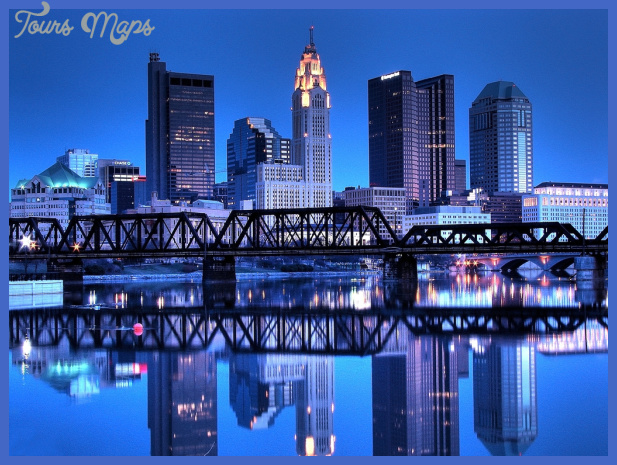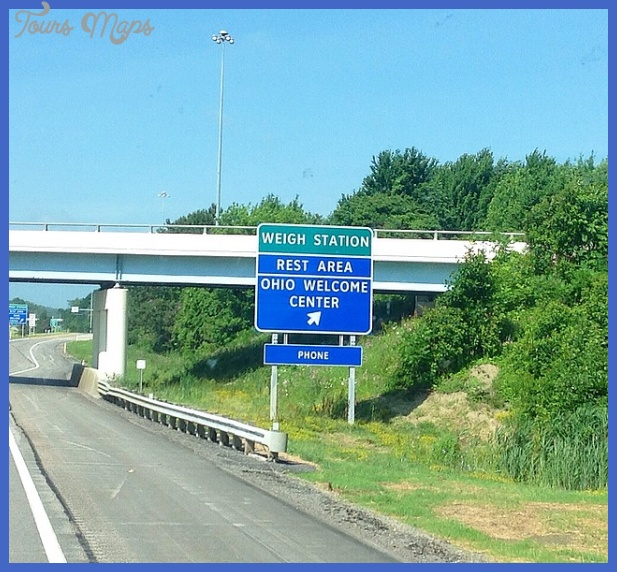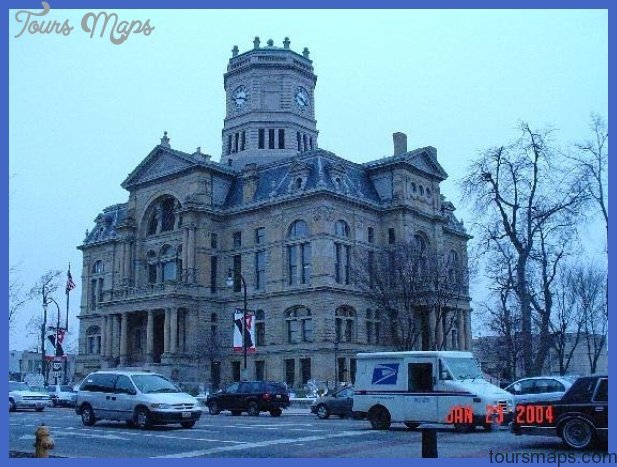Cultural contributions
As a group, Latinos are fiercely proud of their traditions and customs. The maintenance of a Latino culture came to depend on Latino associations, newspapers, radio stations, and local and regional clubs. As the children of Latinos entered the schools, many members of the community feared that integration would lead to acculturation and, eventually, to the transformation of their children. As the number of Latino children attending English-speaking schools increased, some integration began to take place. Integration and acculturation led to tensions between
Spanish-speaking parents and their children. For example, in Lorain in the 1930s, it was found that Mexican parents, many of whom had never intended to stay in the United States, became alarmed at the level of acculturation that was taking place among their children. Clearly, this type of concern is not unique to the Mexican community members, nor was their response. To combat this trend, the colony organized a school to counteract the gringo influence and to promote the Mexicanization of their children. Children of Mexican descent met at the home of a local Mexican play producer to learn the history and customs of Mexico.18
During the 1920s Mexicans in Cleveland maintained loose ties with one another. However, the economic crisis of the 1930s and the increased xenophobia propelled Latinos in Cleveland to establish a forum to address mutual problems and to preserve their cultural heritage. In 1932, under the leadership of Felix Delgado, the Club Azteca was founded. The club became the center of the community, providing residents with a venue for organized cultural events. However, during those years the club lacked a physical home; its members took turns hosting meetings. By 1945 the club was officially incorporated, and in 1951 its members were able to accumulate enough savings and donations to acquire a building on Detroit Avenue, where the club still resides today.19 The success of the Club Azteca was due in part to the growth of the Mexican community in Cleveland.
The postwar economic boom led to an increase in the number of Latino cultural organizations. For the most part, Latinos formed cultural institutions that promoted their national identities. The most important of these institutions were the local or regional clubs, which responded to more basic needs, providing both social and recreational activities for the incoming migrants.20 These social clubs often bear the names of native towns. The clubs function as places for social gathering, but they also help in emergency situations by providing food, money, and legal services for families in crisis. The clubs served as the primary agencies for social services during the 1950s. In Cleveland the first Puerto Rican club was the Sons of Borinquen, founded in 1951 by Alfonso Romero, Tiofilo Virola, and Pedro Ilerio. The Sons of Borinquen helped people with job referrals, and welfare and educational programs, and death benefits for members. Its members also functioned as cultural brokers for the new arrivals. The club closed in 1962 because of financial problems. In 1959 the Hijos de Juana Diaz (Sons of Juana Diaz) was founded to encourage the social gathering of migrants from the town of Juana Diaz, in Puerto Rico.
Hijos de Juana Diaz was followed by other social clubs such as La Casa Puertorriquena (Puerto Rican Home), open in 1969 with the purpose of promoting Latino youth participation in sports; the Sociedad Deportiva de San Lorenzo (Sand Lorenzo Sports Society), which promoted sports as well as social events; El Paraiso Club, which was incorporated in 1973 for civic, social, and sports activi-
ties; and Club Yabucoa, whose membership is mostly composed of migrants from the town of Yabucoa. Three of these organizations (Juana Diaz, San Lorenzo, and Yabucoa) are still active and serving the community today.21 The 1970s led not only to the creation of social clubs in northeast Ohio but also to the establishment of the Puerto Rican Friendly Day, a parade that brought together Latinos from the region. Advertisements in the programs’ guides for Puerto Rican Friendly Day between 1970 and 1975 showed a vibrant and expanding community.22 The community had grown to support Latino car and home repair businesses, grocery stores, restaurants, travel agencies, translation services, and legal services. Toward the late 1970s, the overall decline of the U.S. economy affected these businesses. A close examination of program guides for Puerto Rican Friendly Day shows a decline in advertisement for Latino-owned businesses, social service centers, and social clubs.
The 1980s and 1990s brought new challenges and opportunities for Ohio’s Latinos. During the 1980s a new generation of Latinos, most of whom born in Ohio or in other U.S. states, began to form new cultural institutions to promote and protect their heritage. Also, many of them took leadership positions in Ohio’s larger cities such as Toledo, Cleveland, Youngstown, and Lorain. In Cleveland the Julia de Burgos Cultural Center has opened under the leadership of Natividad Pagan and Daisy Diaz. The maintenance of a Latino culture came to depend on organizations throughout the state. With the skyrocketing growth of the population during the 1990s, owing much to the robust economy and massive migration of Mexicans and Central Americans, Latinos have been transforming the state’s population and the group’s cultural traditions. No longer confined to the large cities, Latino culture is spreading through its incorporation by the popular media, the opening of new restaurants, and the growth of the Latino-owned newspapers such as El Sol de Cleveland and La Prensa. Activities no longer are based on national identities, but they have taken a pan-Latino flavor, where Latinos from every Latin American nation come to celebrate a common historical heritage.
notes
1. U.S. Census Bureau, We the People.
2. U.S. Census Bureau, The Hispanic Population in the United States: March 2002.
3. Mendez, 2005.
4. Sanchez, 1993, 42.
5. Mendez, 2005, 17; Jacinto, 2001, 1-2.
6. O’Brien, 1931, 28.
7. Jacinto, 2001, 4.
8. Rivera, 89.
9. Rivera, 90.
10. Lorain Journal, February 6, 1948.
11. Nationalities Services Center, Cleveland Nationalities Directory, 1955.
12. Rivera, 13.
13. Cleveland Press, Discounts Talks of Puerto Rican Problem in U.S., 1955; Bonutti and Prpic, 1977, 191; Plain Dealer, Puerto Ricans in U.S. to Be Topic of Survey, 1962.
14. http://www.esperanzainc.com.
15. Encyclopedia of Cleveland, http://ech.case.edu/index.html.
16. Rivera, 15.
17. NPR, All things Considered, Latinos Rattled by Ohio Sheriff’s Mission, 2006.
18. O’Brien, 1931, 34-35.
19. Encyclopedia of Cleveland. http://ech.case.edu/index.html.
20. Sanchez-Korrol, 1994, 127.
21. Sanchez-Korrol, 1994, 189; Cleveland Press, Bon Voyage, Yabucoa Nine Taking Quite a Trip, 1976; and Cleveland Press, Fire Destroy Club, 1980.
22. Western Reserve Historical Society Archives Library, Programs by the Puerto Rican Friendly Day.
Travel to Ohio Photo Gallery
Maybe You Like Them Too
- The Best Cities To Visit in The World
- World’s 10 Best Places To Visit
- Coolest Countries in the World to Visit
- Travel to Santorini, Greece
- Map of Barbados – Holiday in Barbados

